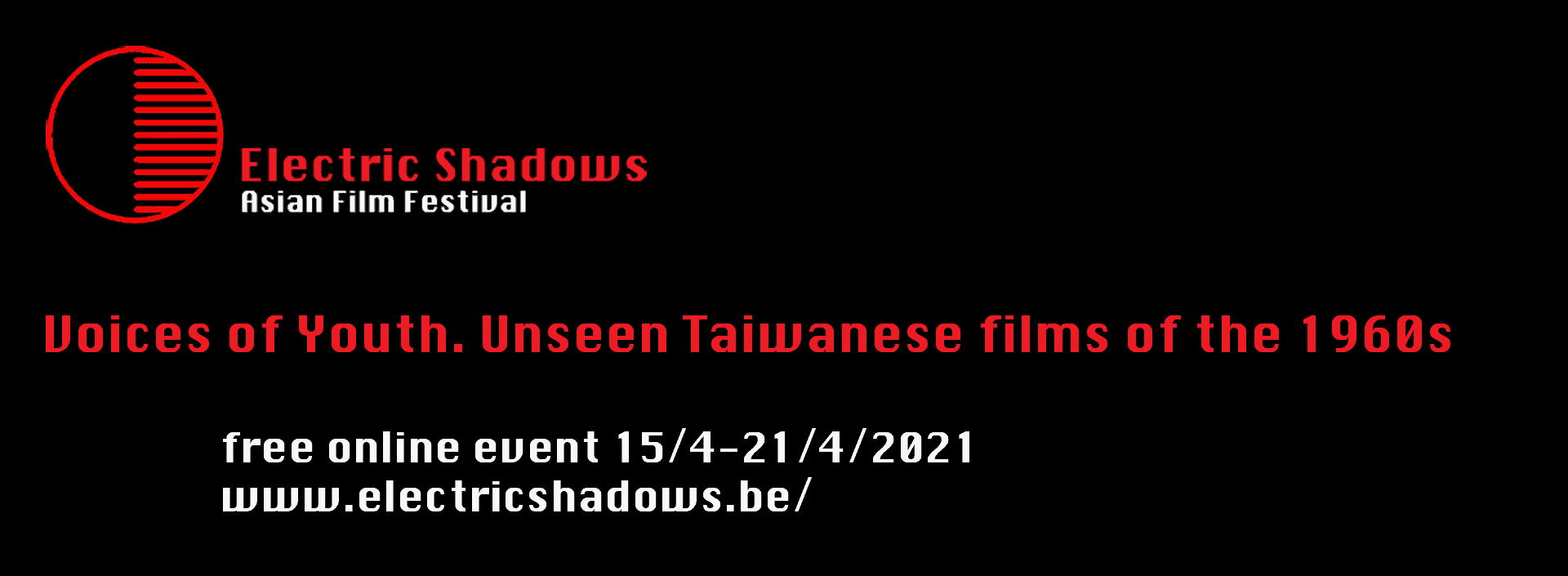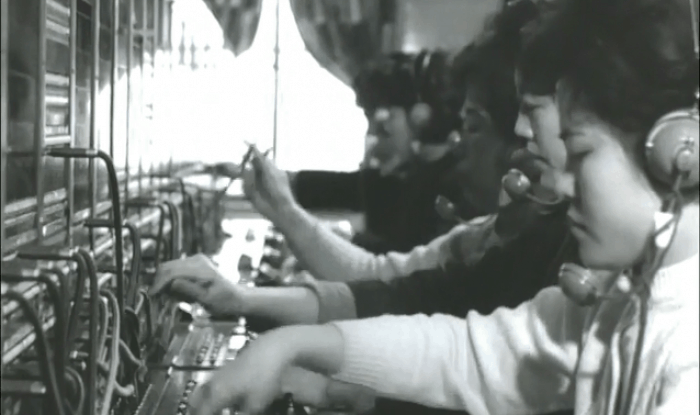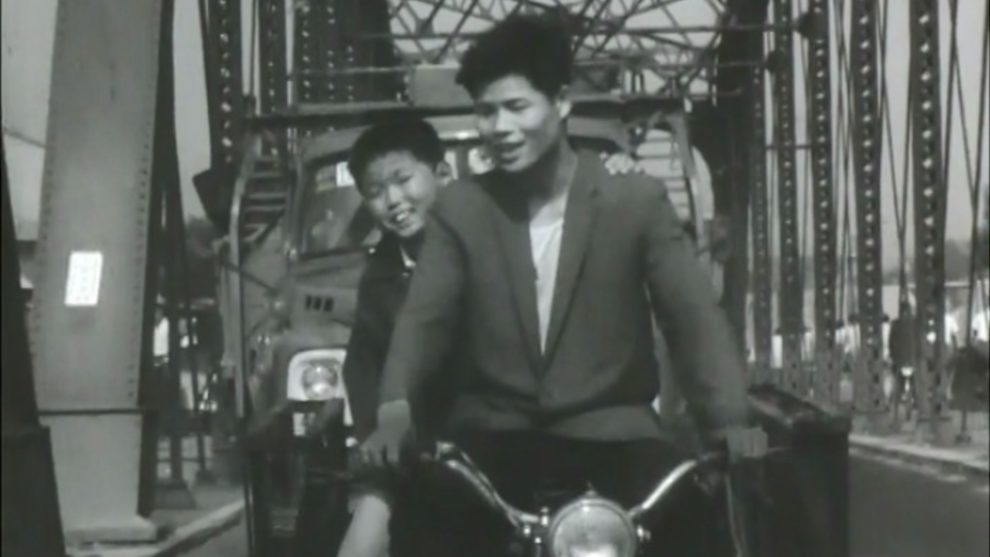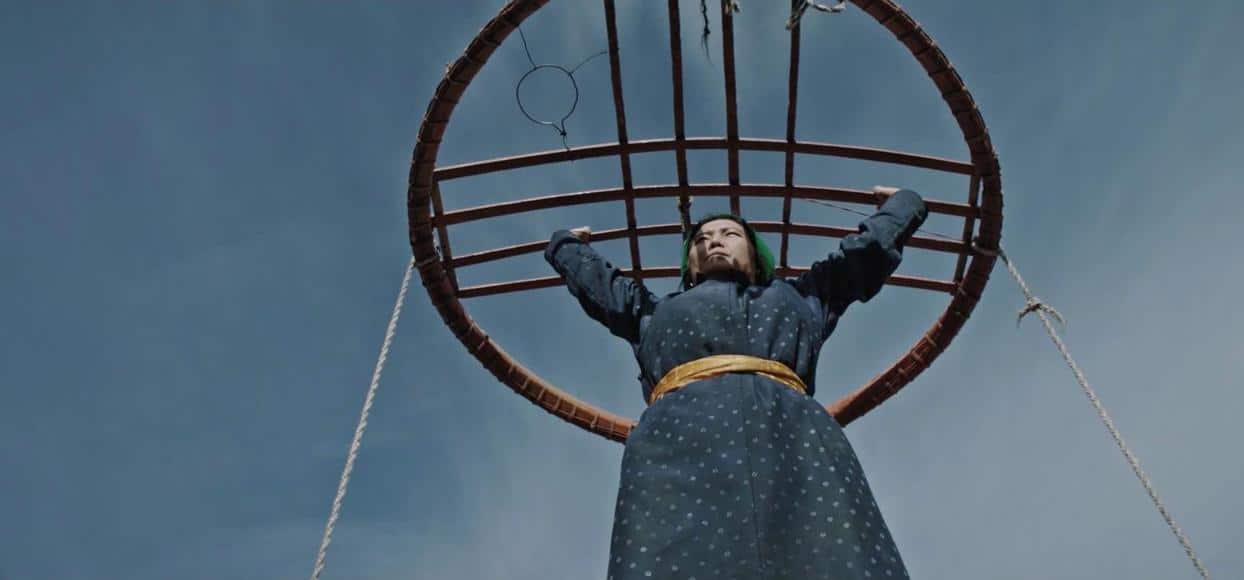Shot shortly after Pai Ching-jui returned from Italy, where he studied film and got acquainted with neo-realism,”A Morning in Taipei” delivers exactly what its title suggests, through a number of sequences that highlight a plethora of aspects of life in Taipei, accompanied by music scored by Lim Giong, singer, musician and film composer (“Millennium Mambo”, “A Touch of Sin”).
A Morning in Taipei is screening at Electric Shadows Asian Film Festival

As Pai Ching-jui's approach is that of the tour guide, the short begins from very early in the morning, as the city gradually begins to wake up. The sequences begin from outside the city, where a group of women are carrying baskets on a stick placed in their shoulders, probably containing fruits and vegetables. Then the camera gets into the city as the dawn breaks and traffic begins to pick in the filled with fog streets. The billboards in the street, the bright labels and the blinking street lamps create an interesting lightscape. An outworldly music track begins to play, as the film shows a military briefing, people exercising in a park and a few practicing tai-chi. The images of street food give their place to the paper man distributing the morning papers, while the recurring images of the sun and the sky inform of the time.
The short then changes to a Chinese opera school, where children are practicing martial arts, with the camera showing both them and the instrument players, accompanied by fitting music. One of the most interesting comments in the short appears, as the young kids, although practicing traditional arts, are all wearing All-stars: The West is definitely here!, in a comment that actually permeates the film, as the city is presented as an amalgam of oriental and occidental influences.

The multi-religious setting of the city has its share afterwards, with Pai presenting a Buddhist temple, an Islamic mosque and a catholic church, all of which are attended by numerous people. The camera lingers a bit on a statue of the crucified Jesus, with the bloody wound looking particularly brutal, in an image that can also be perceived as a comment.
As the music changes to more spacey sounds, the ways people move in Taipei fill the screen, as trains, buses, bikes, carriages and foot take the people to the works or for shopping. The similarly dressed factory workers, the school grounds, the plethora of students training together, the training of a marching band, the choir who rehearse Haydn, and the telephone operatorsm all give a number of impressive images, particularly due to its uniformity.
As the day progresses, so does the pace of the film, which, in combination with equally raising in speed music, creates a sense of angst to the viewer, essentially matching both the rhythm of the day and the sentiments of the people in the city, most of which, however, and particularly the father and son of the finale, seem particularly happy.
Being Impressively shot, ” A Morning in Taipei” may be silent, but the images presented speak volumes of the life in the city at the time, which is presented in all its glory and with utmost detail.















